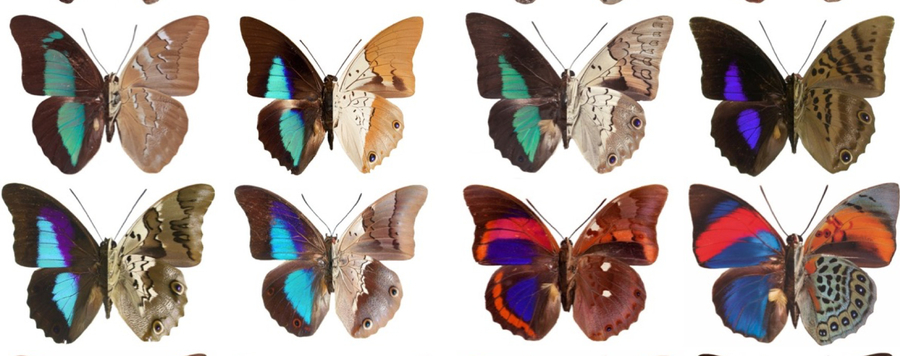
Wing color pattern and biogeography of Preponini butterflies
Diversification rates and evolutionary trajectories are known to be influenced by phenotypic traits and the geographic history of the landscapes that organisms inhabit. One of the most conspicuous traits in butterflies is their wing color pattern, which has been shown to be important in speciation. The evolution of many taxa in the Neotropics has also been influenced by major geological events. Using a dated, species‐level molecular phylogenetic hypothesis for Preponini, a colorful Neotropical butterfly tribe, we evaluated whether diversification rates were constant or varied through time, and how they were influenced by color pattern evolution and biogeographical events. We found that Preponini originated approximately 28 million years ago and that diversification has increased through time consistent with major periods of Andean uplift. Even though some clades show evolutionarily rapid transitions in coloration, contrary to our expectations, these shifts were not correlated with shifts in diversification. Involvement in mimicry with other butterfly groups might explain the rapid changes in dorsal color patterns in this tribe, but such changes have not increased species diversification in this group. However, we found evidence for an influence of major Miocene and Pliocene geological events on the tribe's evolution. Preponini apparently originated within South America, and range evolution has since been dynamic, congruent with Andean geologic activity, closure of the Panama Isthmus, and Miocene climate variability.





